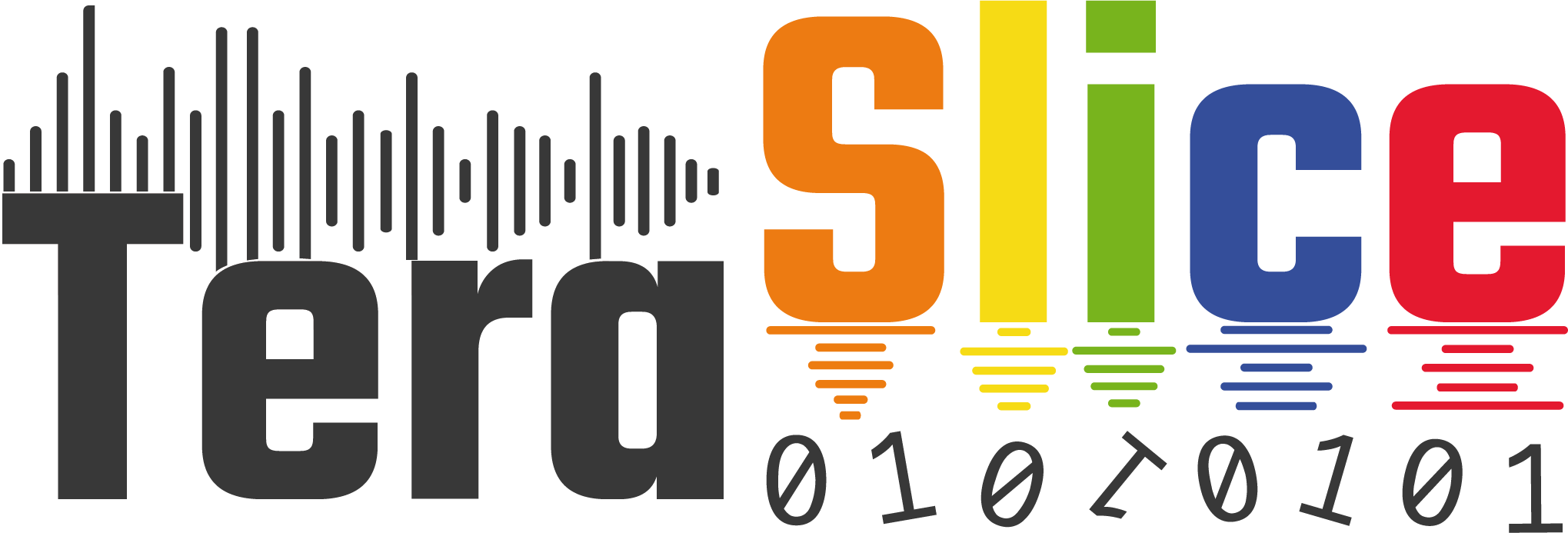General description of Institution:
EPFL is one of the two Swiss Federal Institutes of Technology. With the status of a national school since 1969, the young engineering school has grown in many dimensions, to the extent of becoming one of the most famous European institutions of science and technology. Like its sister institution in Zurich, ETHZ, it has three core missions: training, research and technology transfer. With over 350 laboratories and research groups on campus, EPFL is one of Europe’s most innovative and productive scientific institutions. Ranked top 3 in Europe and top 20 worldwide in many scientific rankings, EPFL has attracted the best researchers in their fields. The School’s unique structure fosters trans-disciplinary research and promotes partnerships with other institutions. It continuously combines fundamental research and engineering.
Main role in project:
EPFL acts as the coordinator of TeraSlice and will thus lead the project management
in WP 1. Based on its expertise in comb generation from Kerr nonlinear
microresonators, EPFL will lead WP 4 with the goal to develop a chip-scale
fully self-referenced optical frequency comb.
Key personnel:
Professor Tobias J. Kippenberg received his PhD from Caltech (2004) and Habilitation (2009) from the LMU Munich. He was Assistant (2008), Associate (2010) and is presently Full Professor at EPFL in the Institute of Physics (Lausanne, Switzerland). His research interests are ultra-high Q optical and mechanical micro- and nanostructures and their application for exploring mechanical systems in the quantum regime and as sources of optical frequency combs. His research accomplishments include: the first demonstration of a micro-resonator based frequency comb; the demonstration backaction laser cooling of mechanical oscillators, measurements of mechanical oscillators with an imprecision at and below that at the standard quantum limit; the demonstration
of optomechanically induced transparency; the demonstration of quantum coherent coupling between light and mechanical oscillators; and the realization of a dissipative reservoir for light. He has written review articles in both research fields (“Cavity Optomechanics”, (Science 2008), “Microresonators based frequency combs”, (Science 2010), and “Cavity Optomechanics”, (Rev.
Mod. Phys. 2014)). He has published more than 50 articles and has an H-factor of 52 (ISI) [Google scholar: h-index 65, > 25,000 citations]. He was recipient of the EU Contest for Young Scientists (1996), EPS Fresnel Prize (2010), EFTF Award (2011), Helmholtz Price in Metrology (2011), ICO award (2013), Swiss National Latsis Award (2014), Klung-Wilhelmy Award (2015), and the ZEISS Research Award (2018). He has been selected as a 2014 to 2018 Thomson Reuters Highly Cited Researcher http://www.highlycited.com/ in Physics.

